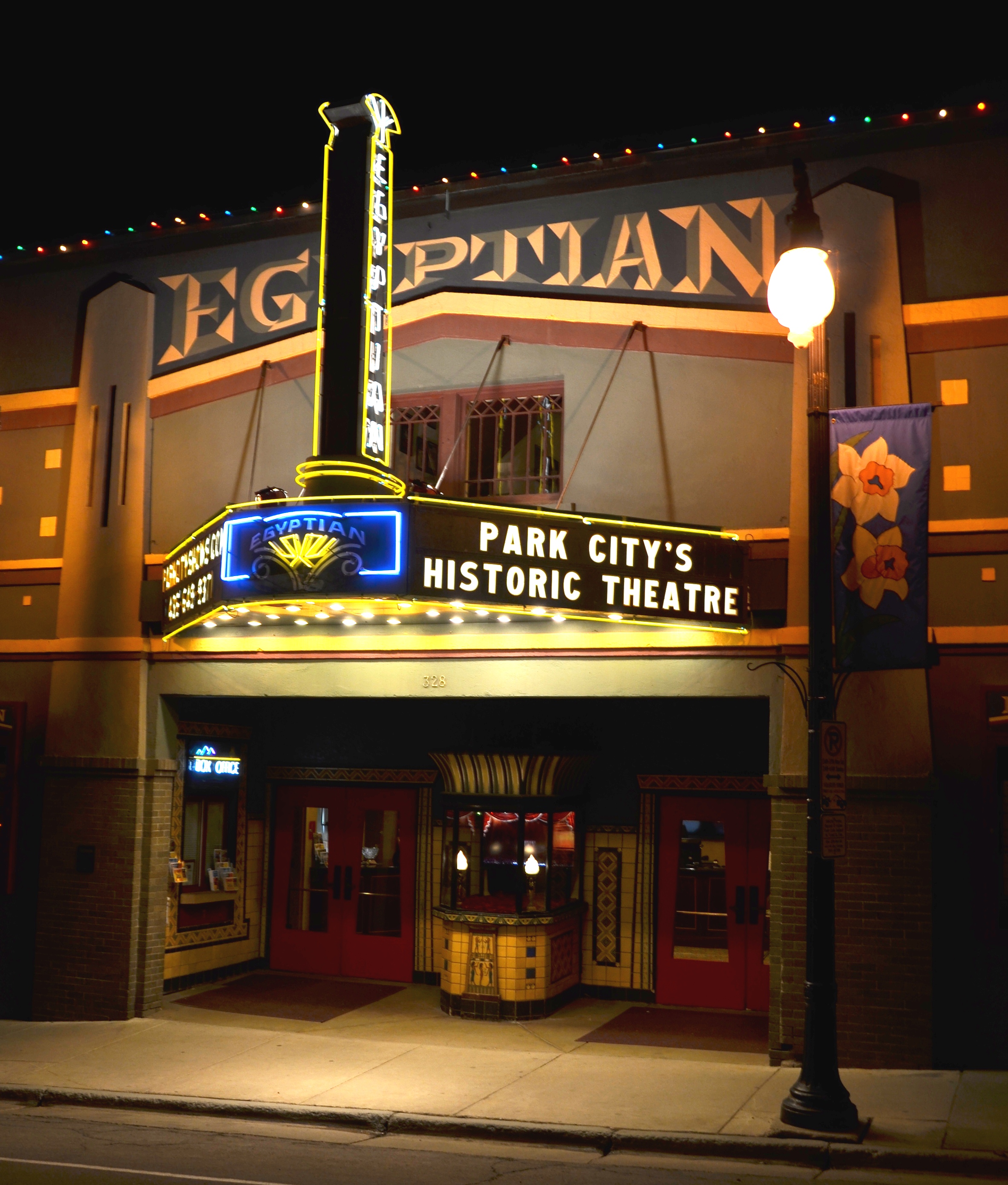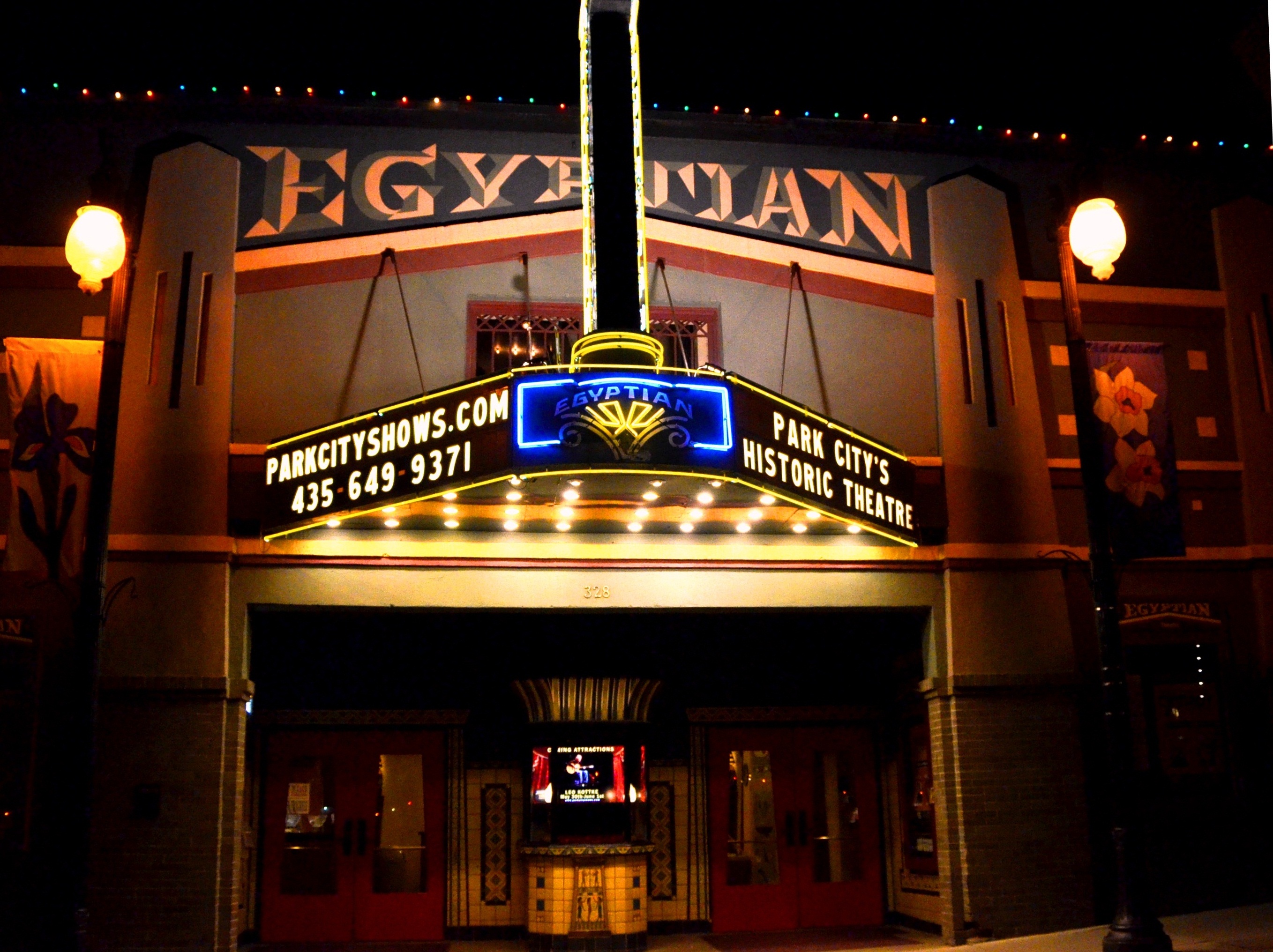Park City: Partying Since Before It Could Ski
Art
When Snow Park Ski Area (now Deer Valley Resort) was built in 1946 and Treasure Mountain (now Park City Mountain) opened in 1963, Park City saw a rapid change. “That changed the whole dynamic from a vibrant ghost town to an international destination, and it took five decades,” Barton says, “it wasn’t an overnight switch.” While the local mining company founded Treasure Mountain, locals opened their own ski resort at Snow Park before Edgar Stern purchased the land that is now Deer Valley Resort in 1968 and created the vision he had for Park City—an international vacation and entertainment destination.
 Over the next few decades, Park City would steadily grow as a destination for both skiing and live entertainment. In 1981, the Utah/US Film and Video Festival was moved from its original home in Salt Lake to Park City, and was officially renamed the Sundance Film Festival in 1991. Despite the arrival of what is now an internationally renowned film festival, Park City has still stuck to its roots as a lively ski town with a vibrant community. “We changed Sundance more than Sundance changed us,” Barton says. “It came as a struggling festival and found a real home here. It’s only 10 days out of the year—and during those 10 days it’s not like Park City the rest of the year,” he says.
Over the next few decades, Park City would steadily grow as a destination for both skiing and live entertainment. In 1981, the Utah/US Film and Video Festival was moved from its original home in Salt Lake to Park City, and was officially renamed the Sundance Film Festival in 1991. Despite the arrival of what is now an internationally renowned film festival, Park City has still stuck to its roots as a lively ski town with a vibrant community. “We changed Sundance more than Sundance changed us,” Barton says. “It came as a struggling festival and found a real home here. It’s only 10 days out of the year—and during those 10 days it’s not like Park City the rest of the year,” he says.
Today, Barton says, Park City is one of the most bustling destinations in the world as far as entertainment goes. “If you were to look at who played in Park City last year for a county of 30,000 people [and try to] find that anywhere else, it doesn’t exist,” he says, “we have a [group of] passionate people that care about it—and good sound, good music and the right places … There is such a rainbow of opportunity for musicians in this town,” he says.
Barton doesn’t just credit the Egyptian, however, as being host to musicians both national and local. “We have hall of famers on this stage monthly,” he says, pointing toward the closed doors that lead to the show going on beyond the Egyptian lobby, “and I’m so proud of the late night music venues and the restaurants that all give locals a stage, and Mountain Town Music that [did 192 shows for free in 2014], all of these nonprofits [like] the Park City Institute and the Utah Symphony & Opera who all are bringing [local] and also big national acts to town,” says Barton.
The magic in Park City as a destination for entertainment does not come only from its tourism. The local community, the people who live and work in Park City every day, are who build the foundation for the town’s energy. Many of the local residents are transplants, coming from all over the world to work and live in the small town, and bringing with them a blend of cultures, values and art. From the weekly Latin nights at various nightclubs—a huge hit with the international seasonal workers, to the local musicians and performers that power the town nearly every night of the week at multiple locations—Park City’s Main Street continues to grow as one of the top entertainment destinations in the country.
